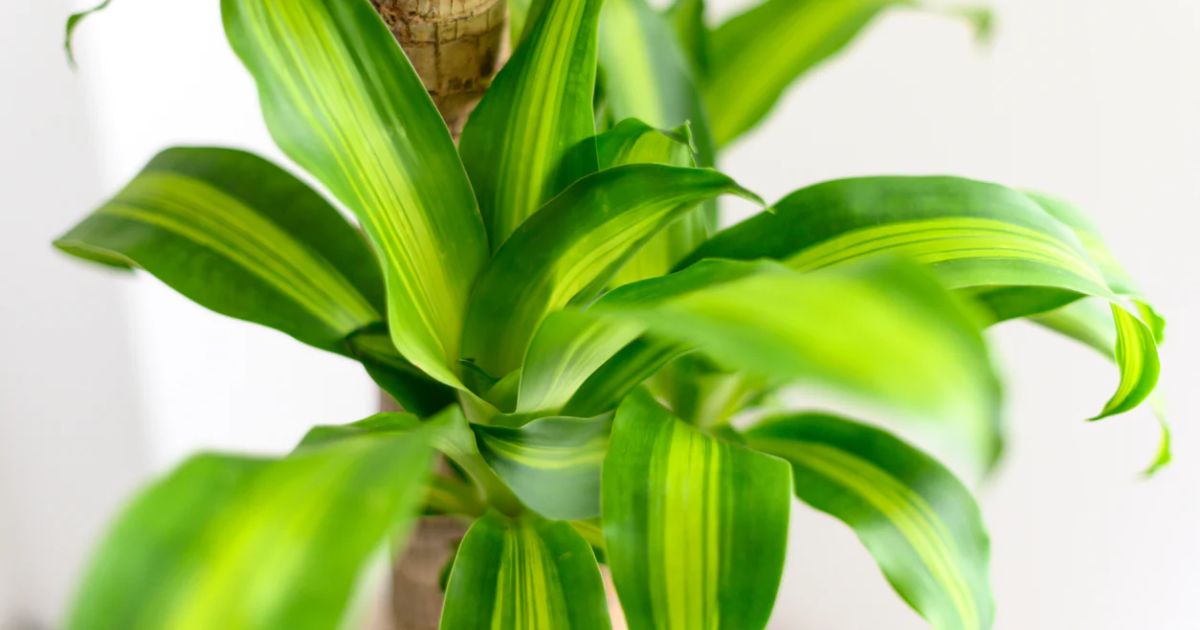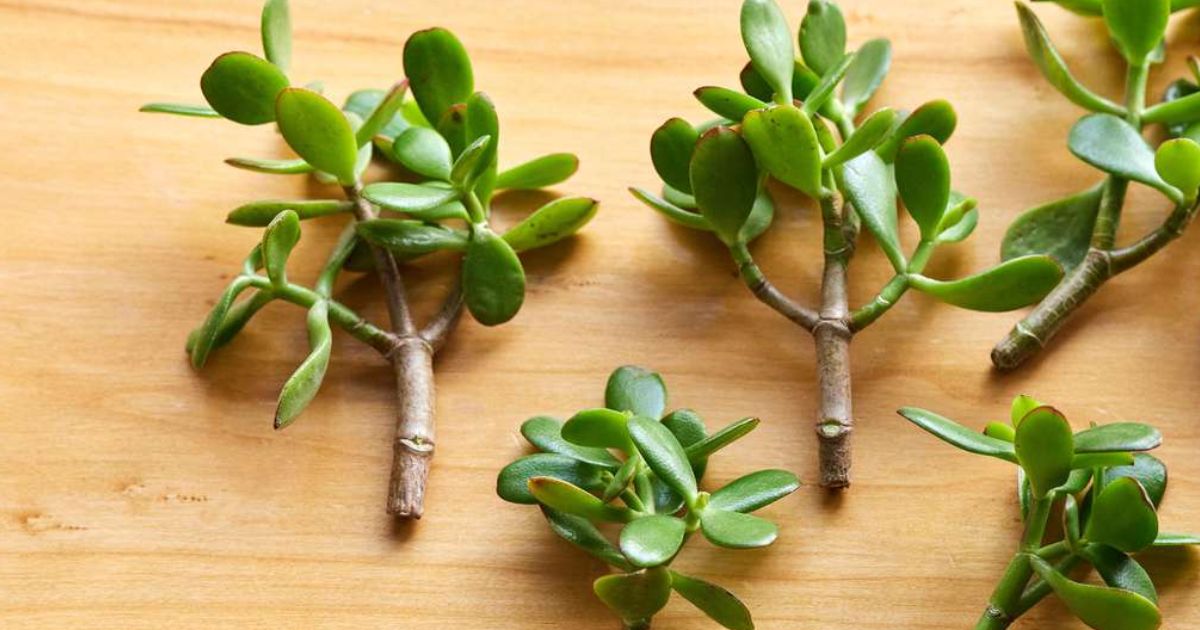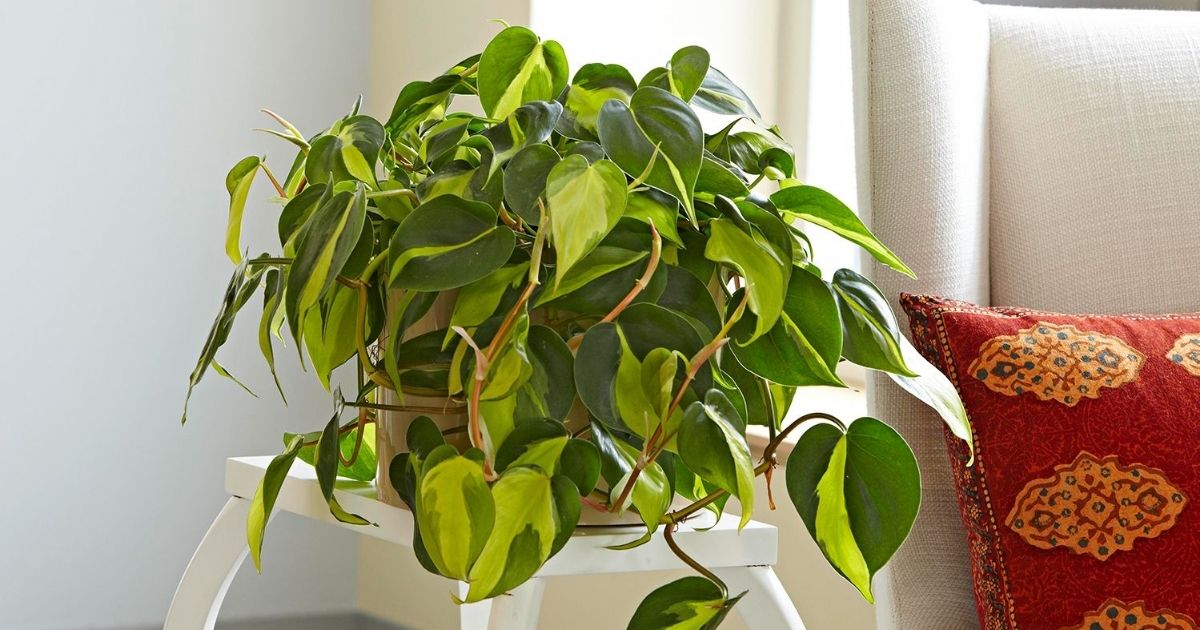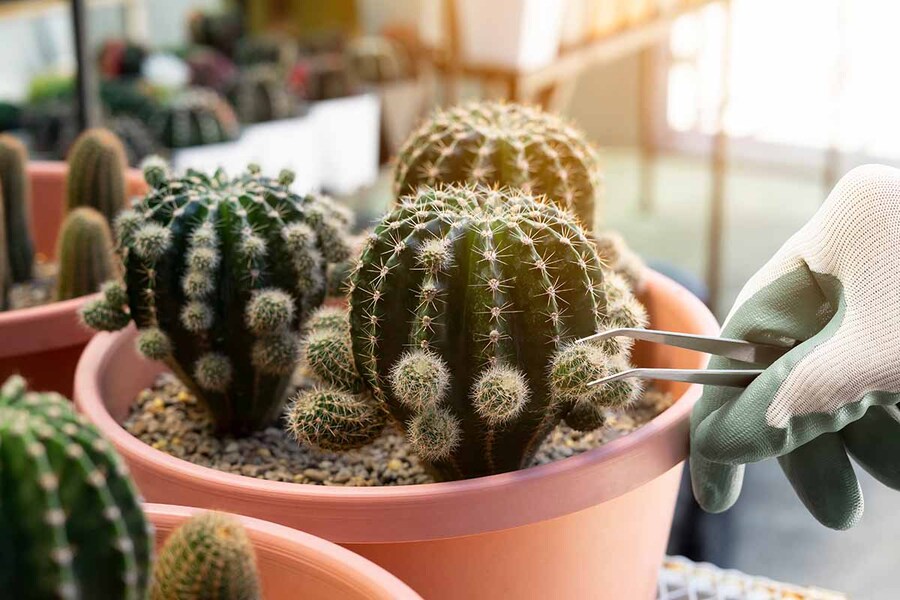How To Propagate Bougainvillea: 8 Basic Steps
Propagating bougainvillea is an excellent way for garden enthusiasts to replicate their favorite varieties and enjoy the same beautiful display year after year.
To propagate bougainvillea, take stem cuttings from healthy plants during early summer. Follow the steps below to understand how to propagate bougainvillea without putting too much effort.
What Is Bougainvillea?
Originating from South America, particularly Brazil, bougainvillea is a genus of thorny ornamental vines, bushes, and trees with flower-like spring leaves near its flowers. However, it is easy to mistake for petals surrounding the small, white, and inconspicuous true flowers.
These plants are especially hardy in tropical and subtropical climates. Bougainvillea thrives in full sun, with well-draining soil, and requires minimal watering once established.
How To Propagate Bougainvillea In Basic 8 Steps
If you don’t want to make some common mistakes, like overwatering or propagating wrong periods, follow the steps below.
1. Cutting Stem
Cut a mature stem to 6–8 inches (15–20 cm). Use a sharp pruning shear to cut the lower end of the stem at a 45-degree angle.
Cutting the stem at an angle expands its surface area, allowing it to receive more moisture and nutrients from the planting soil. Remember to take healthy cuttings that do not have signs of disease or infestation.
Plan cutting is the first step in the process. However, many planters admit they can easily mess up this phase.
Pro tips:
- Cut bougainvillea at least 7 nodes to maintain its healthy life.
- Wear gardening gloves and eye protection to prevent potential injuries.
- Take semi-ripe or hardwood cuttings instead of young green ones.
- The best time for taking bougainvillea cuttings is late spring to mid-summer.
- Taking multiple cuttings can help you increase your chances of success.
- You can cut back up to a third of the plant's growth without harming it.
- Sterilize your gardening tools with alcohol before and after cutting.
2. Pruning The Leaves From Stems
Cut away all leaves, flowers, and small offshoots from the slender, woody shaft. Trim and discard any still green sections, as these are less likely to survive when planted.
Pro tips:
- Remove at least half the leaves from the stem. This action will ensure the plant's resources are leveraged to create new roots.
- Wrap your cuttings in a damp paper towel if you don't root your bougainvillea after pruning. Then, put them in an airtight plastic bag in the refrigerator. This will keep them from drying out for 1-2 weeks.
3. Immersing The Cuttings Into Rooting Hormone
Dip the cut end in the rooting hormone. Wet the bottom of the stem and immerse it in powdered rooting hormone. Then, coat the underside thoroughly, but avoid caking or clumping. To eliminate excess powder, tap the stem lightly with your fingertip.
Pro tips:
- You can also make your own rooting hormone at home using components like apple cinnamon, cider vinegar, honey, or crushed Aspirin.
4. Planting The Cuttings
For the best results, purchase a growing medium specifically designed for propagating seeds and cuttings. Alternatively, create your mixture by mixing commercial potting soil, organic garden compost, and sand. Leave about ¼ inches (0.64 cm) space at the top of the container to allow for watering.
To ensure the stem is anchored, sink it 1.5–2 inches (3.8–5.1 cm) below the soil's surface. If you're planting with a denser soil mixture and are worried about damaging the stem, you can use a pencil or a similar object to create a narrow hole for the stem to be inserted into.
Pro tips:
- When using packaged soil, consider mixing in ⅓ perlite, horticultural, or vermiculite grit to boost proper drainage.
- You need to take care of bougainvillea in this container until it has roots. Hence, a pot as small as 2–3 inches (5.1–7.6 cm) is enough.
5. Watering The Cutting Frequently
A sufficient moistening cutting will encourage it to begin putting down new roots. Here is the suitable water volume:
- For a small pot (about 4-6 inches in diameter): When the soil feels dry an inch below the surface, use approximately 1/4 to 1/2 cup of water. This should be enough to moisten the soil without causing waterlogging.
- For a medium pot (about 7-10 inches in diameter): You might use about 1/2 to 3/4 cup of water under the same conditions.
Remember not to overwater your bougainvillea cutting. Too much water fills the air spaces in the soil, reducing the oxygen available to the roots, which causes a slowdown in developing.
6. Covering The Pot With Plastic Bag
Take a cutting and cover the pot with a plastic bag. This step can create a greenhouse effect and help trap humidity, allowing the plant to grow independently in a few weeks. Once you have covered the cutting, find a cool and shady spot inside your home to store it, away from harmful heat or direct sunlight.
The cutting should take 6-10 weeks to sprout, with small green leaves forming along the stem. During this time, avoid removing the plastic bag or disturbing the plant, which could hinder the rooting process.
Pro tips:
- If possible, seal the bag by tying or zipping it. Otherwise, draping the plastic cover over the pot's top should be okay, and the bottom should be weighted and secure.
- You can also use a cloche or cold frame to access one.
7. Caring The Cutting
After planting a new cutting, let it root for 3-6 months until 4-6 leaves have appeared. Once new foliage begins to grow, it's safe to repot or transplant the cutting.
You also need to expose the plant to full sunlight by gradually moving it to an area with more direct sunlight every 5-7 days for at least 2 weeks. This is when the plant adapts to its new environment and improves survival chances.
Keep the cutting in an environment within 65–75 °F (18–24 °C) and limit its exposure to extreme temperatures. The tip is to bring it indoors in the evening after the sun sets or during the hottest afternoon. Rapid fluctuations in temperature can also be hard on new cuttings, even if they're relatively modest.
Pro tips:
- Bougainvillea is most comfortable at the same temperature as you. For this reason, propagating inside your house is generally the best place.
8. Uprooting The Cutting And Establish It In Its New Area
Next, uproot the cutting and prepare it for transfer. To do this, gently tap the outside of the rooting pot to loosen the compacted soil. Then, carefully turn the pot upside down, holding the cutting firmly between your fingers.
Now, you can plant your bougainvillea in a container or soil where it can grow independently.
Pro tips:
- Plant your bougainvillea in summer or spring since it has time to establish itself before winter.
- Your cutting container or plot should be at least 2 as large as its growing root system to give it space to spread out comfortably.
- Once established, bougainvillea can not respond well when its roots are disturbed. If you want to transplant a growing shrub a second time, purchasing a new one is recommended.
Conclusion
In conclusion, by mastering the simple technique of stem cuttings and ensuring the right growing conditions, you are now professionally learning how to propagate bougainvillea. Let’s embrace the opportunity to propagate your bougainvillea and enjoy the vibrant splendor it brings to your outdoor oasis year after year.
Frequently Asked Questions
1. Can I Grow Bougainvillea From A Cutting?
Yes, you can absolutely grow bougainvillea from a cutting! In fact, this is one of the easiest propagation methods for this plant.
2. Can You Root Bougainvillea Cuttings In Water?
Yes. While propagating bougainvillea in soil is the more common option, you can root bougainvillea cuttings in water, too!
3. Why Are My Bougainvillea Cuttings Not Rooting?
You may have overwatered your bougainvillea cutting. Too much moisture could inhibit rooting, leading to more harmful issues like rotting or fungal disease.




